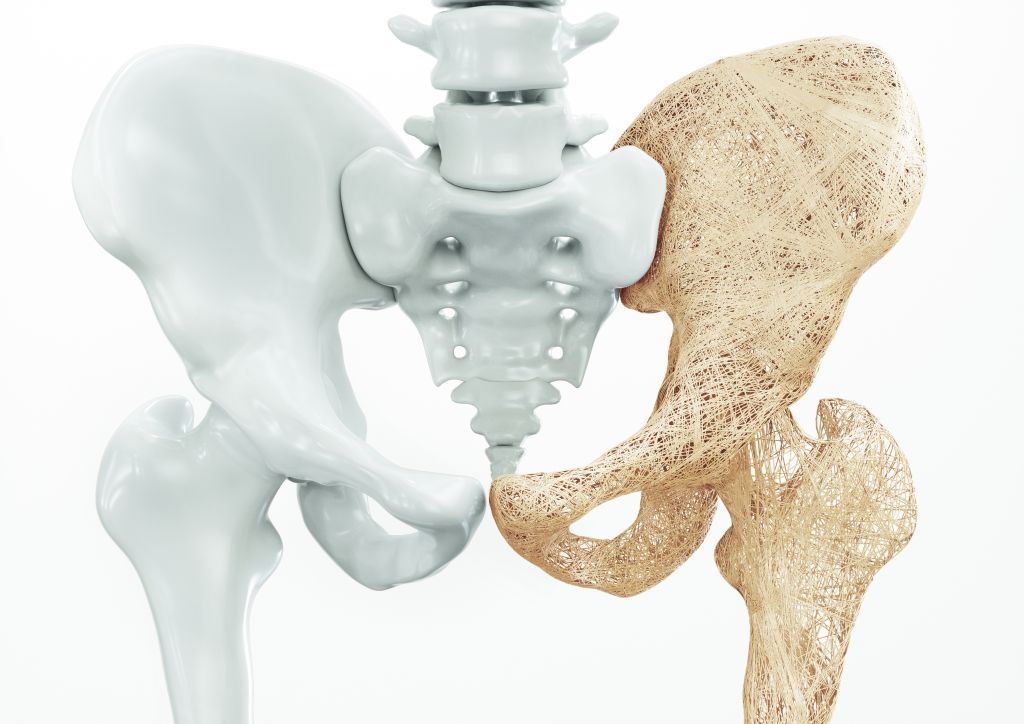Osteoporosis is not a matter of fate. People with an increased risk can take measures against this.
Although men can also be affected by osteoporosis at an advanced age, it is mainly women who suffer from it. Around 30 percent of women develop osteoporosis after menopause. “Osteoporosis is not just a disease of women and the elderly,” says Diana Frey, senior physician in the Department of Rheumatology and head of the Osteoporosis Center at the USZ.
In Switzerland, around 530,000 people suffered from osteoporosis in 2020. “82,000 of them break a bone every year,” adds the rheumatologist. The trend is rising because the population is getting older and people are staying active for longer. A hip fracture or vertebral fractures as a result of a fall can have a significant impact on the everyday life of those affected. Serious injuries lead to high costs for the economy and a reduced quality of life for patients.
Porous, unstable bones
In women, the natural ageing process of the bones begins at the time of the menopause. In osteoporosis, those affected lose too much bone mass in a short period time. The bones become porous and unstable and can therefore break even under low loads. “There are also genetic components that can lead to reduced bone density,” says Carolina Diaz, senior physician and deputy head of the Osteoporosis Center. An early menopause in a woman, for example, is one such risk factor that cannot be influenced. However, various diseases or side effects of medication can also lead to a loss of bone density. Nevertheless, explains Carolina Diaz, the risk of developing osteoporosis can be reduced. The osteoporosis specialist points out preventive measures such as a healthy diet, a weight that does not fall below a BMI of 20, regular physical activity, sufficient vitamin D, abstaining from nicotine and moderate alcohol consumption.
Protein, calcium and vitamin D
Mineral salts make the bone hard and resistant, collagen fibers elastic and flexible. The right diet can help to maintain this condition for as long as possible. “You can achieve a lot with it,” confirms Diana Frey. And if that is not enough, nutrients or vitamins can be substituted in the form of drops, tablets or infusions. Protein, which strengthens the muscles and helps to combat the effects of osteoporosis, can also be obtained from the diet. “Above all, make sure you get enough protein, calcium and vitamin D,” advises the specialist. Another important measure for maintaining bone density is exercise. Regular physical activity such as brisk walking, dancing, jogging or playing tennis is key. Experts also recommend strength training, balance exercises and sunlight for those affected.
Wide range of medications
In people suffering from osteoporosis, the balance between the build-up and reduction of bone density is disturbed. In order to reduce the risk of fracture in particular, specialists can now draw on a very wide range of medications. Which medication is suitable in each individual case is determined in a discussion between the doctor and patient.
Osteoporosis consultation
The diagnostic investigations for osteoporosis include a detailed medical history, especially with regard to risk factors, a clinical examination, fall tests, laboratory tests and a bone density measurement, as well as other imaging procedures if necessary.
